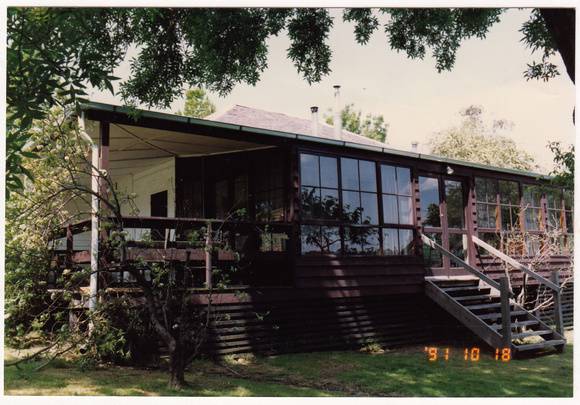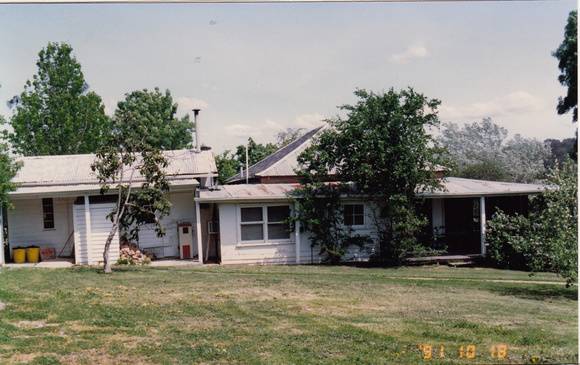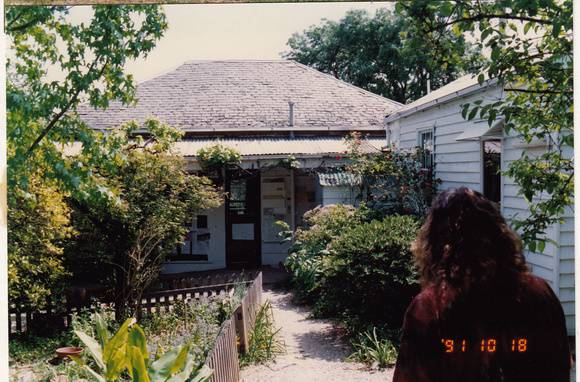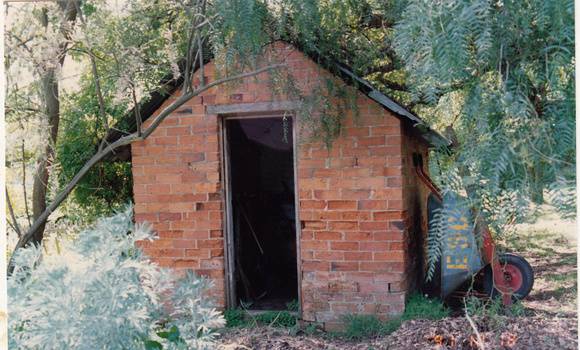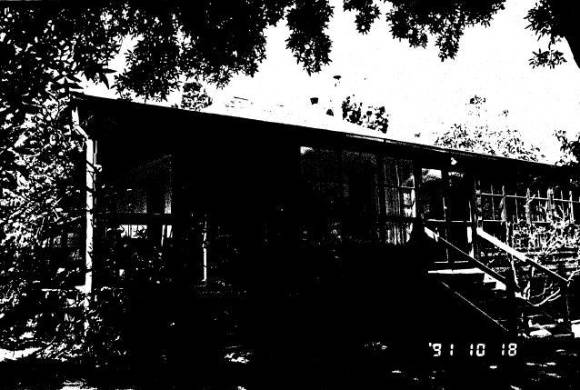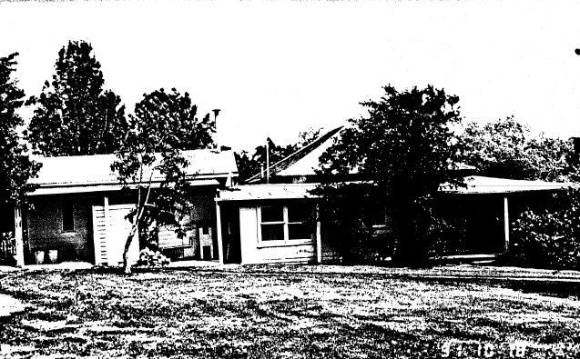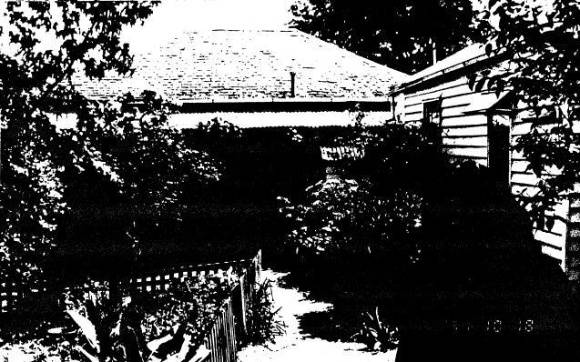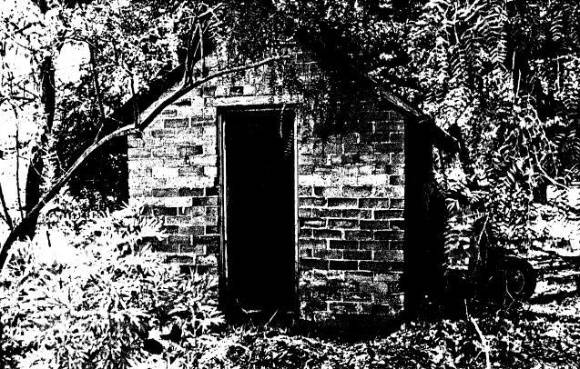| Back to search results » | Back to search page » |
|
LIVING AND LEARNING CENTRE, 739 MAIN ROAD, ELTHAM
Location739 MAIN ROAD ELTHAM, NILLUMBIK SHIRE LevelIncluded in Heritage Overlay |
|
Statement of Significance
REVISED STATEMENT OF SIGNIFICANCE, CONTEXT, 2010 What is significant?
How is it significant? The brick outbuilding is historically significant to the Shire of Nillumbik.
Why is it significant? The brick outbuilding is significant because it is associated with Josiah Holloway and the former house (Criterion H & A).
BICK STUDY, 1992 BASIS OF SIGNIFICANCE: ILLUSTRATION OF THE THEMES HISTORY ARCHITECTURE DEGREE OF SIGNIFICANCE: LOCAL SIGNIFICANCE EXTENT OF SIGNIFICANCE: BRICK FORMER HOUSE, BRICK OUTBUILDING, EXOTIC PLANTING AND SITE
The c1858 former house, the brick outbuilding and the surrounding site to the title boundaries.
The c1858 former house is historically and socially significant to the Shire of Nillumbik.
The former house is historically significant because of its associations with Josiah Holloway (the first owner of the site) and Holloway's Little Eltham subdivision which became the location of Eltham's first town centre, and was the first stage in the development of Eltham (Criteria A & H). The former house is historically significant because of the early date of its construction, its retention of a rear kitchen wing and its association with the pioneer Eltham tanner, John Pearson and the publican, Benjamin Oliver Wallis (Criteria B & H). Socially because, since its use as the Living and Learning Centre, the building has become an important focus of community activity (Criterion G).
This former house has historical significance for the early (circa 1858) date of construction of its oldest section and for its associations with the pioneer Eltham tanner, John Pearsen. It had important associations later from 1867 with the publican, Benjamin Oliver Wallis, whose hotel was nearby. Pearson's former house has historical significance for its associations with Holloway's 1850s Little Eltham subdivision, which became the location of Eltham's first town centre. More recently, since its use as the Living and Learning Centre, the building has social significance as an important focus for community activity. This use has seen the old house gutted and savagely altered. The site contains one small brick outbuilding at the rear of the former house and mature exotic planting from various past land uses. Returning the house to its original appearance is highly desirable; in its present state this building is an excellent example of the most unsympathetic treatment that a culturally significant building could undergo short of complete demolition.
Group
Education
Category
Special School


